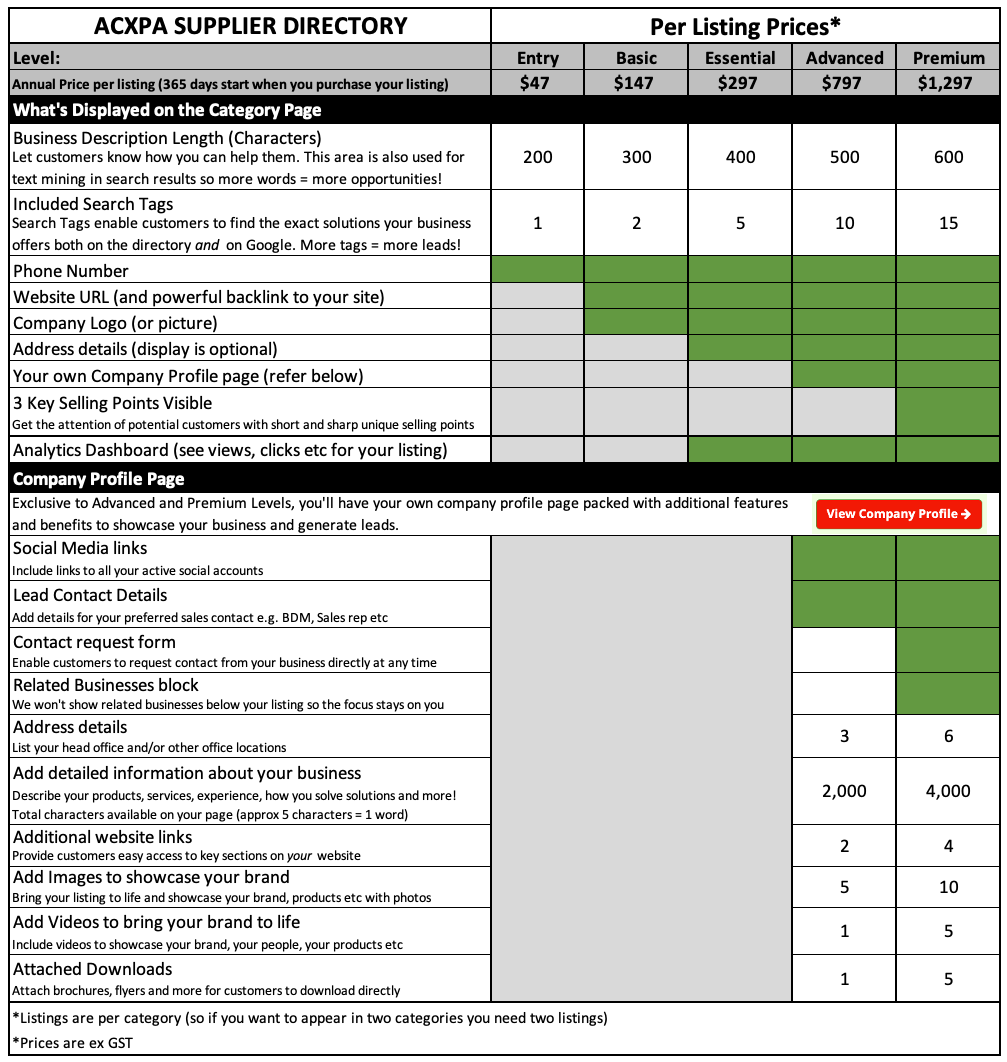Using Digital Humans/Virtual Employees for Customer Support
We've already had chatbots and virtual assistants and now there is a new technology that is changing the game again in customer service delivery, known as a Virtual Employee, Digital Person, Digital People or Digital Human.
Combining the power of CGI (Computer Generated Images) and AI (Artificial Intelligence), a digital human is able to provide customer service/enquiries and support at scale using the video channel for customers to interact with.
In much the same way as a Chatbot, a Digital Human/Virtual Employee can handle customer enquiries but with a difference - they are human-like in appearance and can interact, learn and express themselves in human ways.
Already used by some large Australian companies, Digital People can enable you to provide customer service with empathy at scale.
Technology Powering Digital Humans/Virtual Employees for Customer Support
Digital Humans rely on a range of different technologies to provide efficient and effective service to customers.
Some of the technologies used include:
1. Artificial Intelligence (AI) - Powers the decision-making and response generation capabilities, enabling the digital human to understand and respond to customer queries.
2. Natural Language Processing (NLP) - Allows the digital human to comprehend and interpret human language, including context, intent, and sentiment, to provide accurate responses.
3. Machine Learning (ML) - Enables the system to learn from interactions over time, improving its accuracy, personalisation, and ability to handle a broader range of enquiries.
4. Speech Recognition and Synthesis - Converts spoken language into text and generates natural-sounding speech, facilitating voice interactions with customers.
5. 3D Modelling and Animation - Creates the visual representation of the digital human, including realistic facial expressions, gestures, and body language, to enhance the interaction experience.
6. Emotion AI - Detects and responds to the emotional state of customers through their tone of voice or choice of words, adding an empathetic element to interactions.
7. Integration with Backend Systems - Connects the digital human to databases, CRM systems, and other business tools to access and utilize customer information in real-time for more informed interactions.
Benefits of Digital Humans or Virtual Employees in Customer Service
Whilst still emerging technology for customer support, it's clear there are several benefits to why companies are looking to implement digital humans or virtual employees as part of their customer management strategy.
- Enhanced Customer Experience - Provides a more engaging and interactive experience compared to traditional chatbots, making interactions feel more personal and human-like.
- 24/7 Availability - Digital humans can provide consistent, round-the-clock service, ensuring customers can get help at any time, improving satisfaction and loyalty.
- Scalability - Can handle multiple customer interactions simultaneously without the limitations faced by human agents, making them highly scalable for large volumes of inquiries.
- Consistency and Accuracy - Ensures that customers receive consistent and accurate information, reducing errors and discrepancies that might occur with human agents.
- Cost Efficiency - Reduces the need for large customer service teams, leading to lower operational costs while still providing high-quality service.
- Personalisation - Uses customer data to deliver personalized responses and recommendations, enhancing the relevance and effectiveness of interactions.
- Efficient Handling of Routine Tasks - Frees up human agents to focus on more complex or sensitive issues by handling routine inquiries and tasks automatically.
- Data Collection and Insights - Captures and analyses interaction data to provide valuable insights into customer behaviour, preferences, and common issues, which can inform business decisions.
- Multilingual Support - Can be programmed to interact in multiple languages, making it easier to serve a global customer base without the need for multilingual staff.
Considerations and Challenges
It's not all smooth sailing, and you need to carefully consider whether virtual employees or digital people are right for your business.
- Technical Complexity - Setting up and maintaining a digital human requires advanced technology and expertise, which can be resource-intensive and costly.
- Initial Resistance - Some customers may be hesitant to interact with a digital human, preferring human agents, especially for complex or emotional issues.
- Ethical Concerns - Ensuring transparency about the use of AI and managing data privacy are important ethical considerations that businesses need to address.
- Dependence on Quality Data - The effectiveness of a digital human relies on access to high-quality, up-to-date data; poor data can lead to incorrect or unhelpful responses.
Is there a difference between a Virtual Assistant and a Virtual Employee?
Yes, there is a difference between a virtual employee and a virtual assistant, though the terms are sometimes used interchangeably, especially in the context of customer service.
While both virtual assistants and virtual employees leverage AI technology to automate tasks and interactions, virtual assistants are generally more focused and task-oriented, whereas virtual employees are designed to replicate a wider range of human work functions within an organisation.
A virtual assistant is typically an AI-powered tool or software that helps with specific tasks, often focused on customer interactions.
It can handle tasks like answering customer queries, providing information, scheduling appointments, or processing transactions.
On the other hand, a virtual employee is a broader concept that encompasses more complex, multifaceted roles that a human employee might traditionally fill.
Virtual employees are digital entities designed to take on a range of responsibilities, potentially across multiple departments, providing support that goes beyond just interaction.
Key Differences:
- Virtual assistants are more task-specific, while virtual employees are designed for broader, more complex roles.
- Virtual employees generally have more sophisticated capabilities and can perform a wider range of functions compared to virtual assistants.
- Virtual employees often integrate more deeply into organisational systems, taking on responsibilities that might require interfacing with multiple departments and functions.
Search Digital Human/Virtual Employee Technology Suppliers
Reach out to the suppliers below who support the Australian CX industry or use the filters to display suppliers of other CX automation solutions.
